
The aeration of the activated sludge – the core element of every wastewater treatment – plays a special role. It is the central issue when it comes to sustainability, efficiency and energy saving.
Developed in the 1960s, we have more operating experience with the BSK® turbine than almost any other supplier in this field.
Throughout various stages of development, the Francis design has remained a central element of our surface aerator – the BSK® turbine.
The perfect hydraulic shape is largely responsible for the fact that the efficiency is demonstrably outstanding compared to conventional surface aerators.
The special hydraulic shape of the BSK®-Turbine makes it possible to inject: up to 2,8 kg O2/kWh.
Benefit: significant savings in operating costs (More than 60 % of the energy demand of a wastewater treatment plant is spent on the aeration of the biological stages.)
The special hydraulic design according to the “Francis-concept” not only enables optimized aeration of the surface, but also the circulation capacity of the pool contents. This is unique even in deep tanks.
No material is more suitable in wastewater than stainless steel: No corrosion and almost unlimited lifetime. In addition, free choice of alloy of the surface aerator (AISI 304L, 316L etc.)
365 operating days per year and maximum daily service require extremely robust components.
BSK®-drives provide the answer: Service factors up to 3.0 and oversized-bearing technology.
Concept-related, permanently constant performance, high alpha (α) factor ≥ 0.9, no loss of efficiency in the case of oxygen input in the activated sludge compared to fine-bubble pressure aeration.
No structures for compressed air units, no formation of condensation, no sludge deposits, minimal installation effort
No maintenance components underwater. The only maintenance is an oil change every 3-4 years (depending on oil quality). In the event of repairs: Simple dismantling and installation of a new aeration turbine without draining the basin.
Low spray height during mixing, practically no aerosol formation , splash protection covers are no longer necessary.
Municipal wastewater treatment plants/private companies:
Mobile wastewater treatment systems
Industrial wastewater treatment systems for the food industry:
Animal breeding and slaughterhouses:
Industrial wastewater treatment plants for the non-food sector:

1. Three-phase motor
2. Flat gear unit
3. Oil reservoir
4. Baseplate for gear unit
5. BSK®-Turbine
6. Drive shaft
7. Fixed bridge or floating system
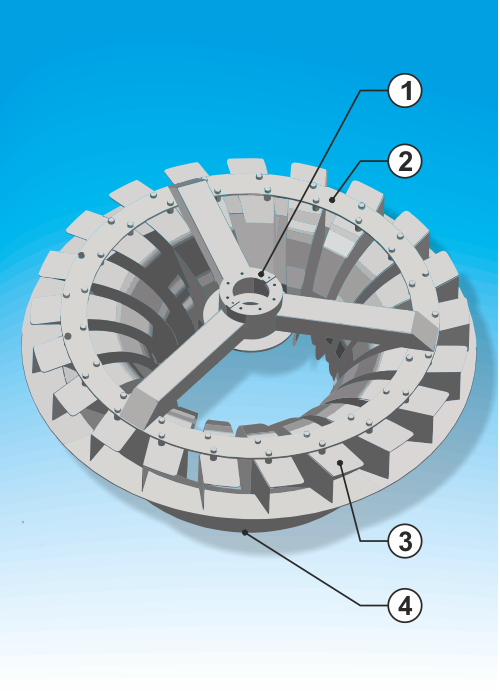
(All parts are made of stainless steel)

11 different standard sizes are available: diameters from 900 up to 3,000 mm (further dimensions are available upon request)
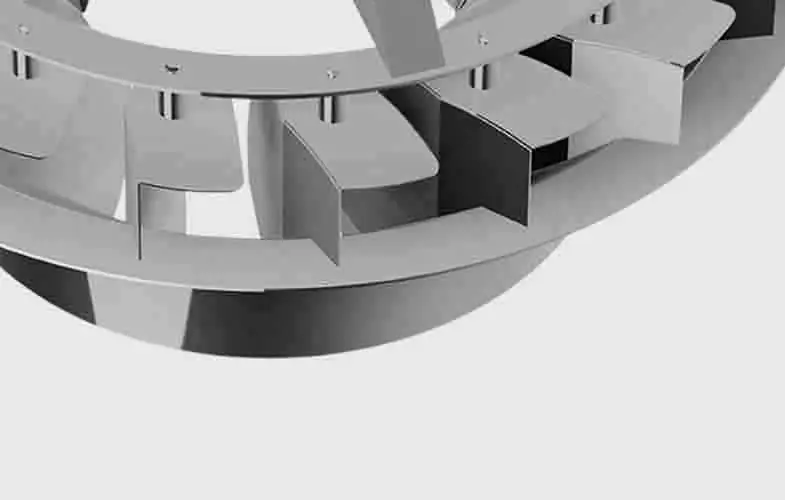
Manufacturing is possible in various alloys of stainless steel:
stainless steel (AISI 304L)
stainless steel (AISI 316L)
different steel grade upon request

Motor outputs: from 5.5 kW to 130 kW,
Standard efficiency class: IE3, IE4
and on request: IE5
High-performance gearboxes in industrial quality with hollow or flanged shaft

left- or right-handed rotation possible


Mounting on a floating systems (variable in height when water levels change, e. g. in SB-reactors) or fixed installation on steel or concrete bridges (with the same fill level of the basins)

up to 308 kg O2/h




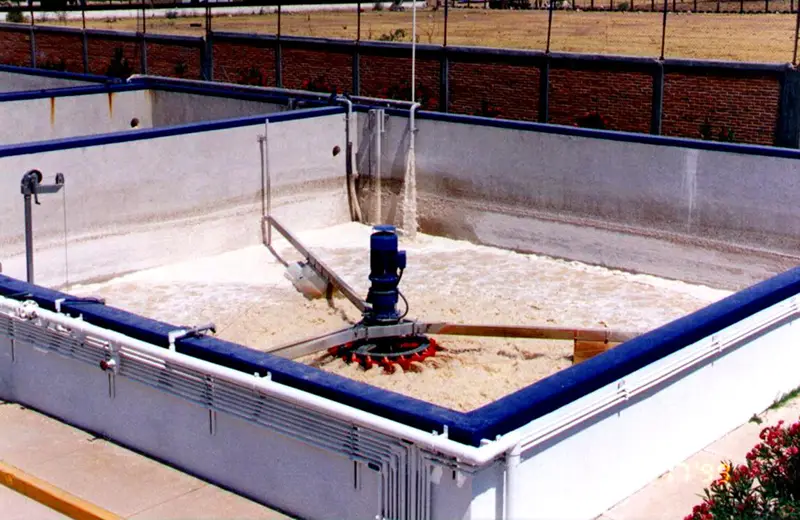
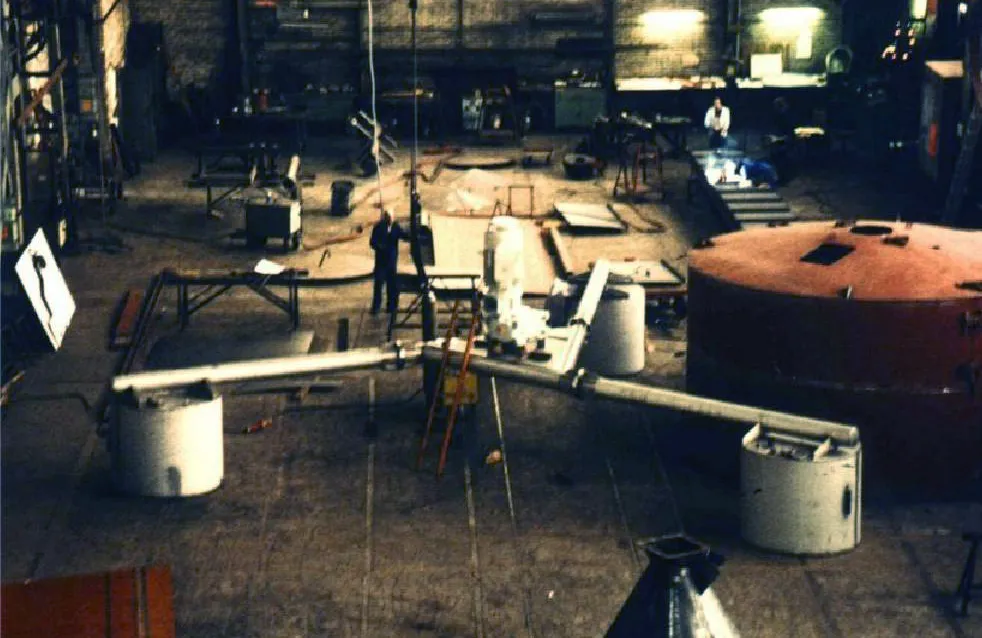
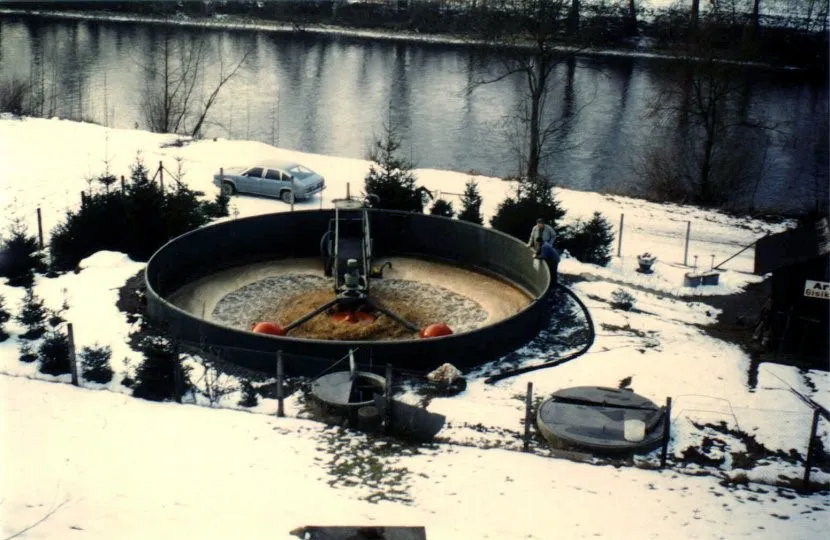

In 2019, for the first time the BSK®-Turbine was subject to a computer simulation using the latest computational fluid dynamics software (CFD). The aim was to better understand the flow processes in the turbine and to identify potential for improvement.
The resulting new design and blade position led to a 15% increase in the circulation capacity in the basin with the same energy consumption, which also improved the oxygen input capacity.

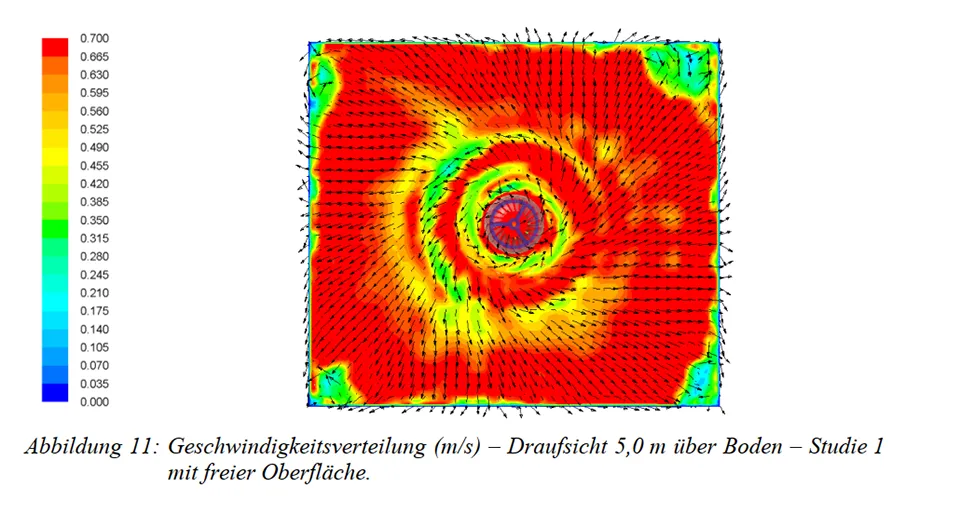
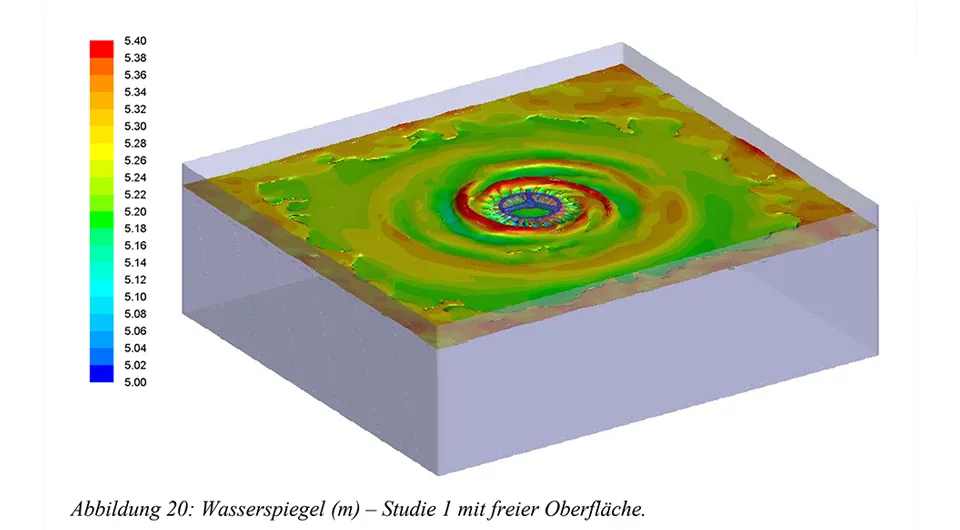

More than 2,000 BSK®-Turbines are in use worldwide for the circulation and oxygen supply of water and wastewater (including the references of our Swiss partner NORM A.M.C. AG), e. g.:
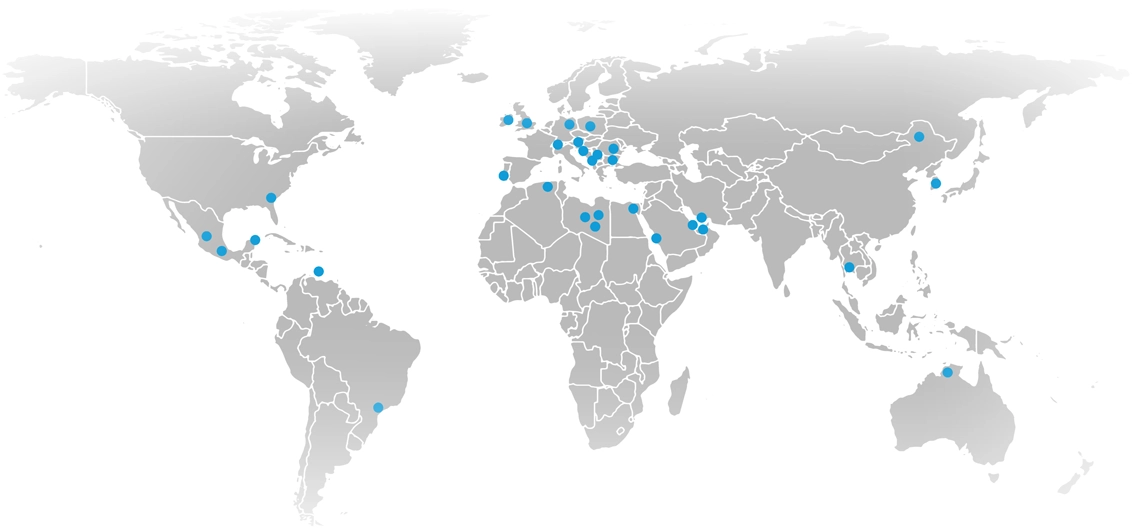

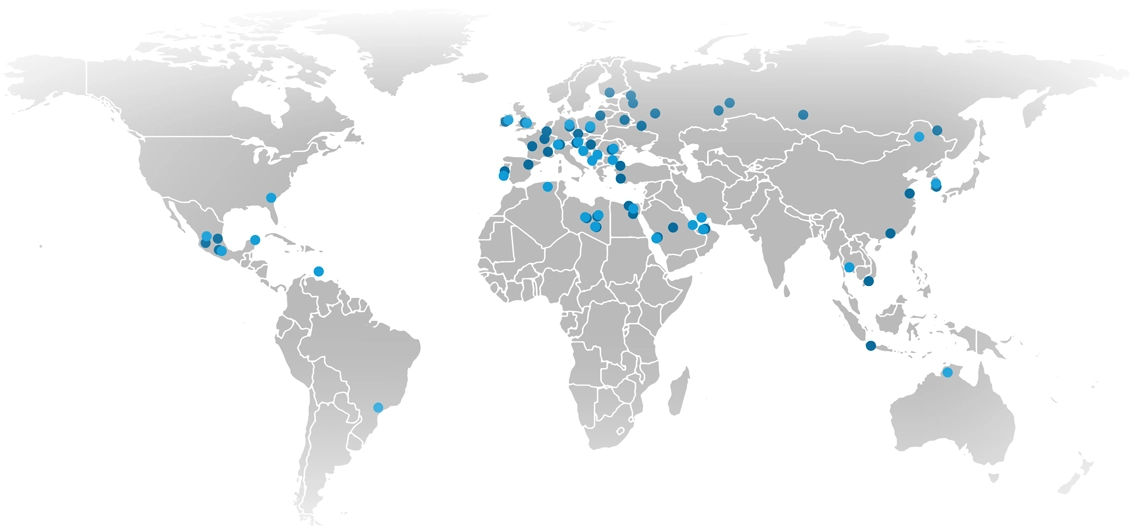
Biogest International® GmbH
Abwassertechnische Systeme
Berthold-Haupt-Str. 37
01257 Dresden, Germany